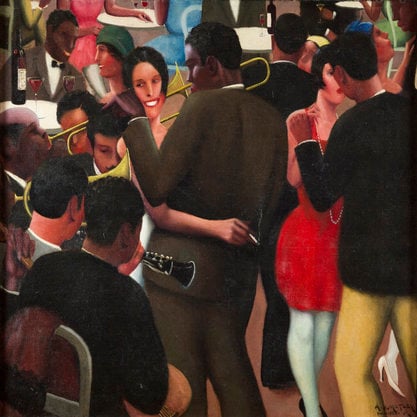Article
Messiaen, Olivier (1908–1992) By Broad, Stephen
Article
Olivier Messiaen was one of the foremost composers of the twentieth century, with a distinctive compositional style of great emotional intensity. This style drew on a diverse array of rhythmic, harmonic, timbral, and formal influences that included the songs of birds, and expressed a deeply held Catholic faith. Messiaen was influential as a teacher and foresaw the concept of total serialism taken forward by his pupils Pierre Boulez and Karlheinz Stockhausen. There are major works throughout his sixty-year career, including La Nativité du Seigneur (1935), the Quatuor pour la fin du temps (Quartet for the End of Time, completed 1941), Catalogue d’oiseaux (completed 1958), Couleurs de la Cité Céleste (1963), Des canyons aux étoiles (completed 1974) and St François d’Assise (completed 1983). In his treatises Technique de mon langage musical (1944) and Traité de rythme, de couleur, et d’ornithologie (1994–2002), he set out his musical inspirations and processes in considerable detail.

